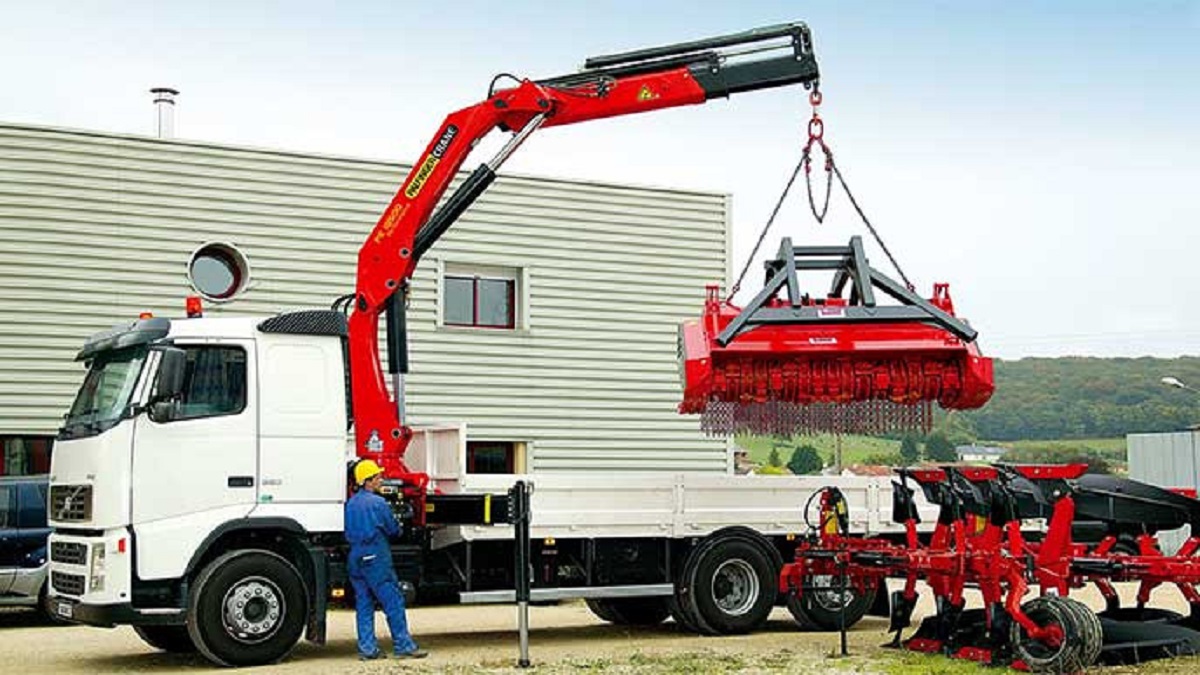Crane trucks have revolutionized daily operations in the construction, gas & oil, and renewable energy fields, improving efficiency and productivity. However, crane safety remains a critical concern. Statistics reveal staggering numbers of accidents resulting from poor crane handling.
Therefore, it is crucial to prioritize and enforce all necessary crane safety measures to reduce the odds of accidents and following injuries. By doing so, we can ensure a safe working environment for everyone involved in terrain crane operations.
Reasons Behind Accidents on Project Sites
Did you know over 93% of all crane accidents are caused by human negligence? We understand that equipment failures happen, but in most cases, the malfunction on the operator’s part causes mishaps on the construction site. In the majority of cases, it’s the improper use of construction equipment that causes accidents. Other than improper operation, factors like improper rigging also lead to such a scenario.
As per OSHA, nearly about 45% of crane accidents are caused when the equipment accidentally hits the power-carrying lines. Another major reason for accidents is falling. Experts say the lifting of heavy loads also causes overturns of the vehicle. Moreover, almost 10% of crane accidents happen due to poor communication during the process or poor planning of standard procedures.
Factors that Lead to Crane Accidents – How to Keep Them in Check!
Other than human negligence or lack of standard procedure, several other factors cause crane accidents.
-
-
Falls and Overturns
-
Falls and overturns are other common causes of crane accidents. Improper loading or exceeding the load limits can lead to such disasters.
Ensure you have a correct load capacity according to the configuration of the lift. Pace slings and equally distribute the load to ensure secure operations. You can even use taglines to control the swing and rotation of the load.
Before commencing any lifting operation, assessing the ground conditions at the job site is important. More specifically, pay close attention to a soil that may be saturated or ground that is either freezing or thawing. If necessary, use skidding to distribute the weight of the crane’s outriggers across a larger surface area. Be sure to refer to the loading chart to determine the maximum weight capacity of the crane. Additionally, secure the area beneath and surrounding the lifting operation by cordoning it off with tape.
-
- Electrical Hazards
Major mishaps are likely if the job site is overlooked in terms of electrical wiring. Check every route in terms of power lines or sources. Talk to authorities and get the electric sources de-energized, if possible. Before proceeding, look into the OSHA guidelines carefully.
-
-
Heavy Wind
-
Another reason to blame for crane accidents is heavy, unpredictable winds. The permissible wind speed depends on the type of crane and its respective configuration. Before commencing the fieldwork, always check the wind pressure. Unpredicted cranes have seldom become the reason for cranes’ epic falls across job sites.
Make sure to stop the operations immediately if the wind speed is shooting through the roof. Ensure that the crew stay safe and careful during the crane assembly or disassembly.
-
- Sync Team’s Communication & Productivity
Crane accidents are as well caused by poor communication between the team. To prevent this, brief the team about the safe practices for operating this heavy equipment.
It is crucial to prioritize safety by adhering to established procedures and continuously assessing the environment for potential hazards. This is especially vital during crane assembly or disassembly, but it applies to all modes of operation. Properly following established procedures can make a significant difference in preventing accidents and saving lives. It is important to recognize that the fundamentals are key to ensuring safety. While every job presents unique challenges, established procedures and guidelines provide a foundation for identifying common risks and implementing safety measures to mitigate them.
It is essential to remain vigilant and avoid becoming complacent in any aspect of the job. Every task should be examined carefully to identify and address any possible hazards to ensure a safe working environment.
Final Thoughts on Crane Safety During Operations!
Ensuring crane safety during operations is paramount in the construction industry. While it may be difficult to eliminate all potential hazards, there are certain measures you can take to prevent controllable accidents.
These are some good general guidelines to help make crane operations in the workplace safer. Knowing the specifications, operating characteristics and procedures for your particular crane is essential.
Each model and make of the crane is different. Choosing the right crane for any kind of job is equally and vitally important. So is keeping all cranes and other equipment maintained and operating properly.




